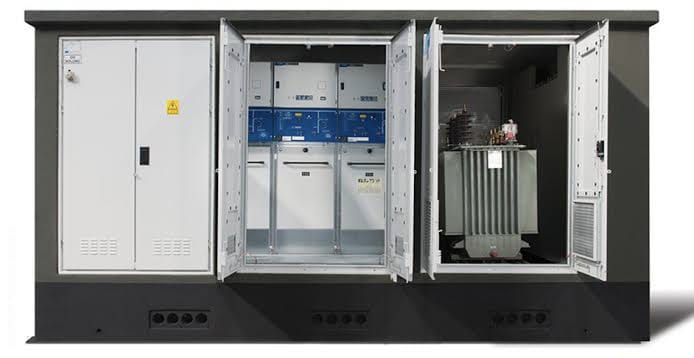
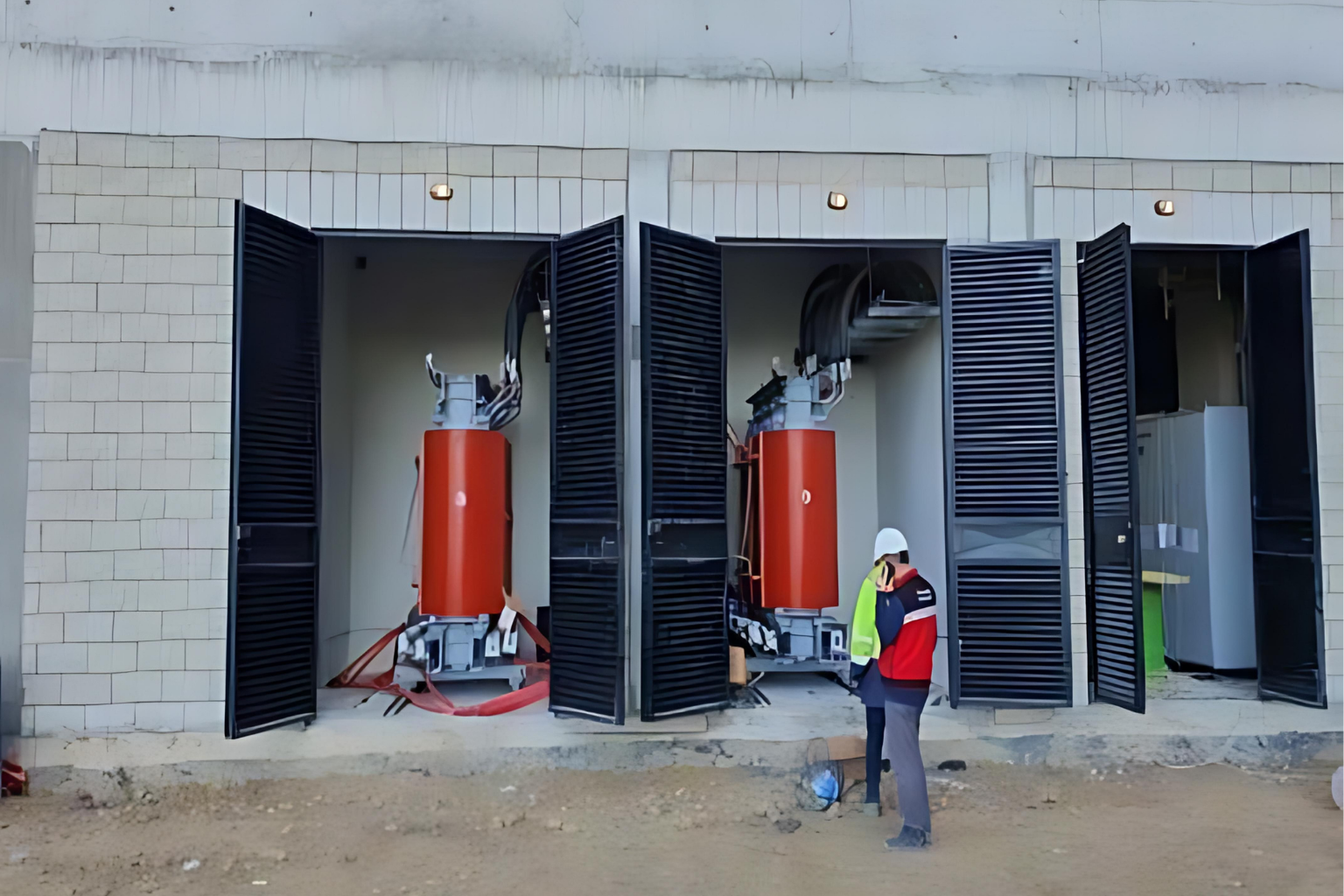

Medium Voltage Systems
Medium voltage systems are used for power distribution in electrical power systems and manage higher voltage and power levels. They usually operate at voltage levels between 1 kV (1000 volts) and 36 kV. These systems are designed to transmit, distribute and control electrical energy and are often used in electrical transmission lines and grids.


Low Voltage Systems
Low voltage systems are systems that operate at lower voltage and power levels in electrical power systems. They usually operate at voltage levels of less than 1 kV (usually 1000 volts or less). Low voltage systems are designed for the distribution, control, protection and utilization of electrical energy.
Low Voltage Systems
- Cable Tray
- Lighting
- Socket Installation
- Low Voltage Panel Works
- Mechanical Device Feeds
- Switch Socket Assemblies
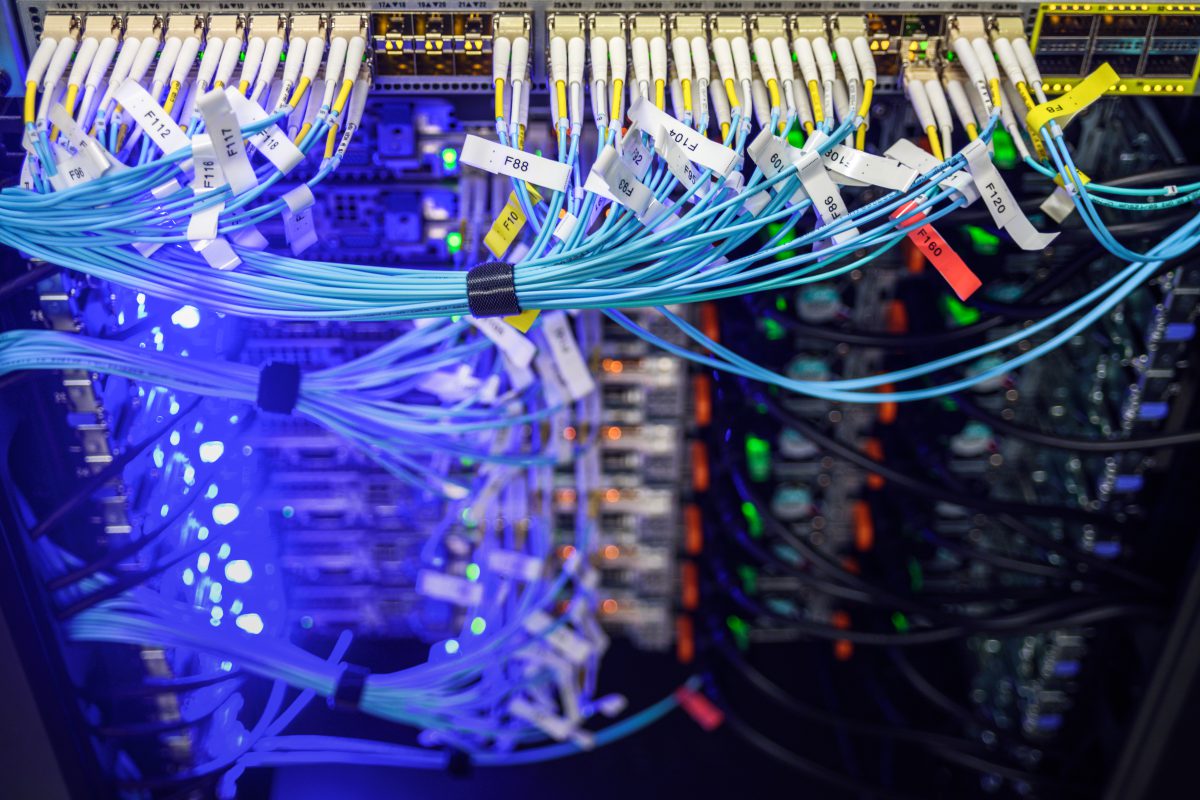


Weak Current Systems
Weak current refers to low voltage sources used in electrical installations to operate devices such as telephones, doorbells, antennas and fire alarm systems. Since the voltage in weak current systems is low, there is no risk of electric shock. Weak current is also defined as electrical installations that do not harm (shock) people.
Weak Current Systems
- Smart Home Systems
- CCTV systems
- Burglar Alarm Systems
- Access Control Systems
- Rack Cabinet Systems
- Voice Over and Emergency Announcement Systems
- Telephone / Switchboard Systems
- TV / Satellite Systems
- Fire Alarm Systems
- Structured Cabling
- Network
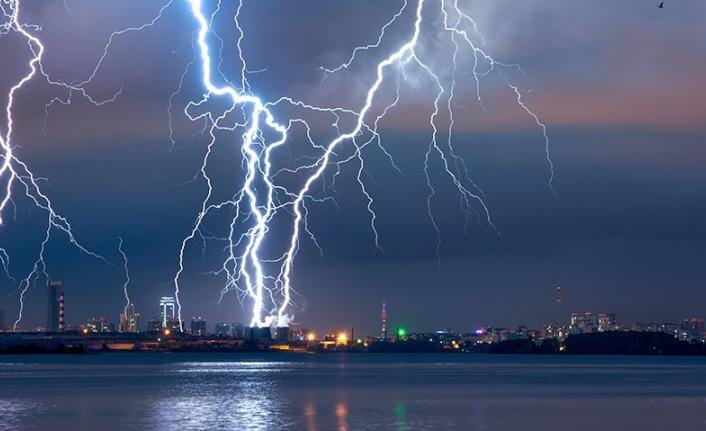
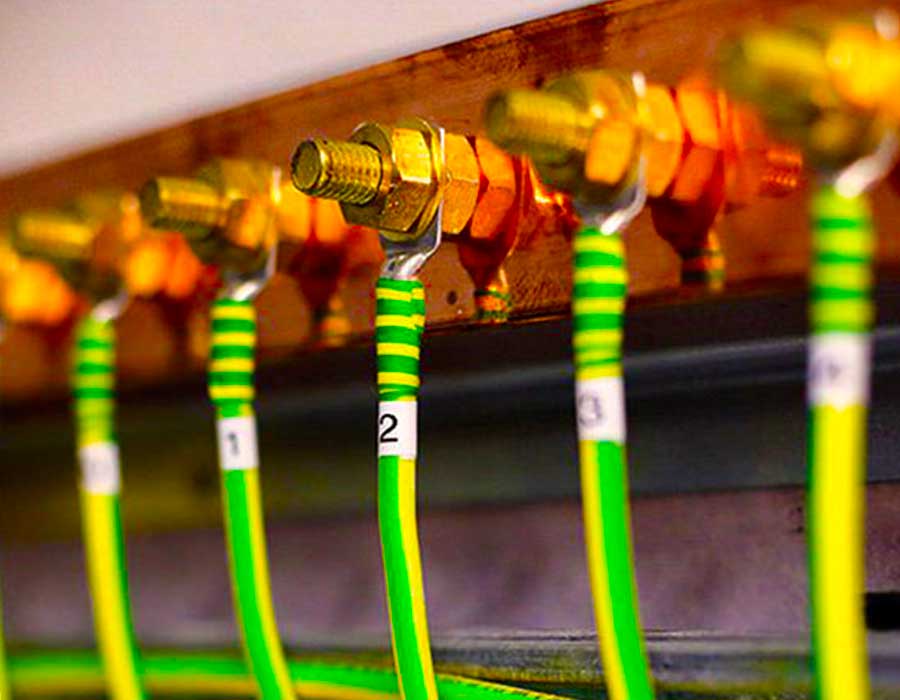

Lightning Protection and Grounding Systems
Since lightning contains an intense electrical charge, it creates very caustic effects in the environment where it strikes. Therefore, lightning protection methods are vital measures. Generally, lightning protection systems are used in high and crowded buildings. Thus, the safety of life and property is guaranteed. The device that attracts the electric charge in the clouds and then transfers it to the ground through cables is called a lightning rod.
The vital lightning protection installation has some standards. In lightning rods, components such as lightning rod pole, pole clamp, lightning rod pole fixing clamp, tile clamp, down conductor, wall clamp, down pipe, grounding electrode must be included as standard. On the other hand, lightning protection systems differ according to their area of use. There are systems such as active lightning rod, Faraday cage, Frenklin rod, internal lightning protection
Lightning Blocking System Usage Areas
- Factories and Industrial Plants
- Airports
- GMS Towers
- Villas and apartments
- Boats and watercraft
- Wind Power Plants



Energy Systems
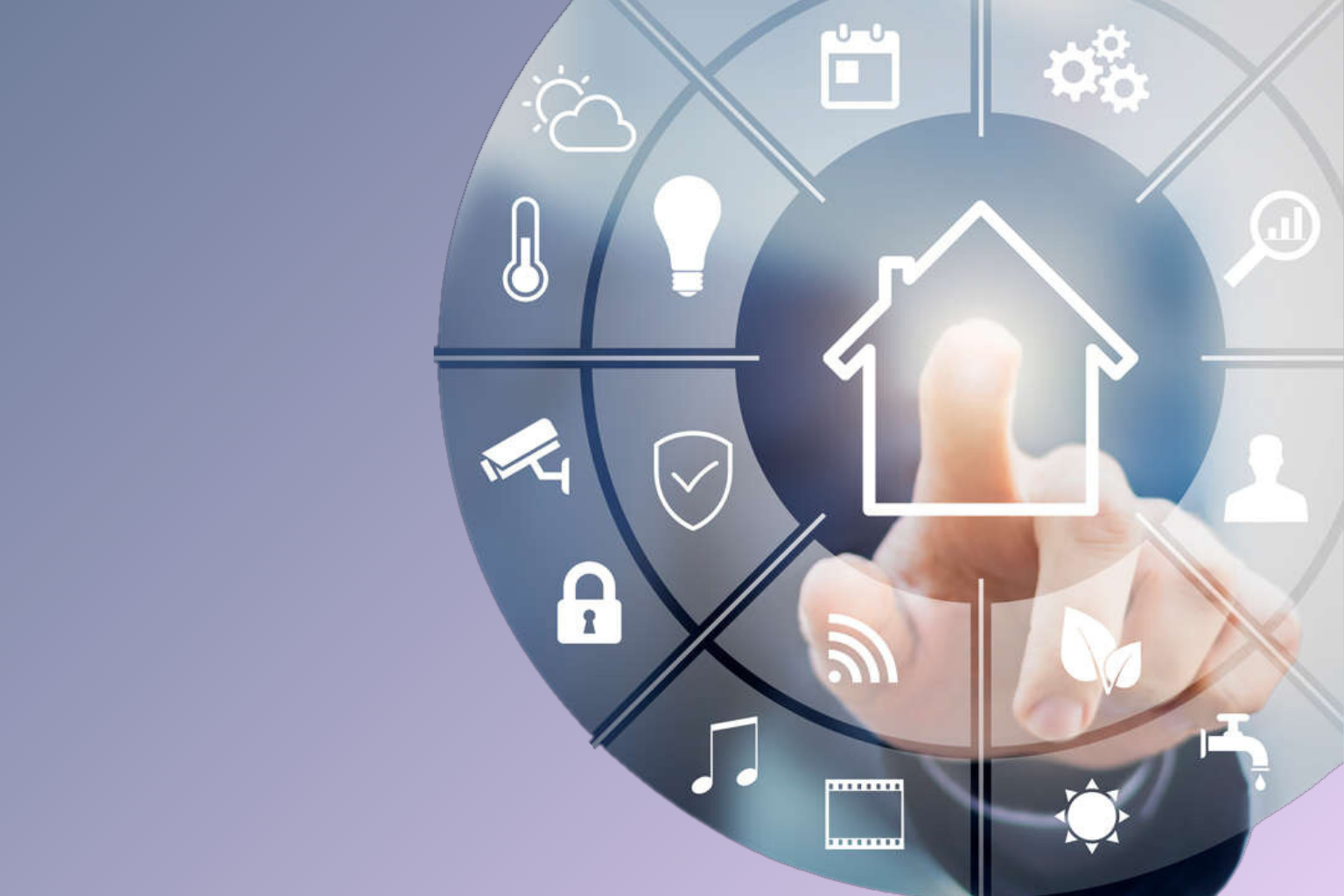


Automation Systems
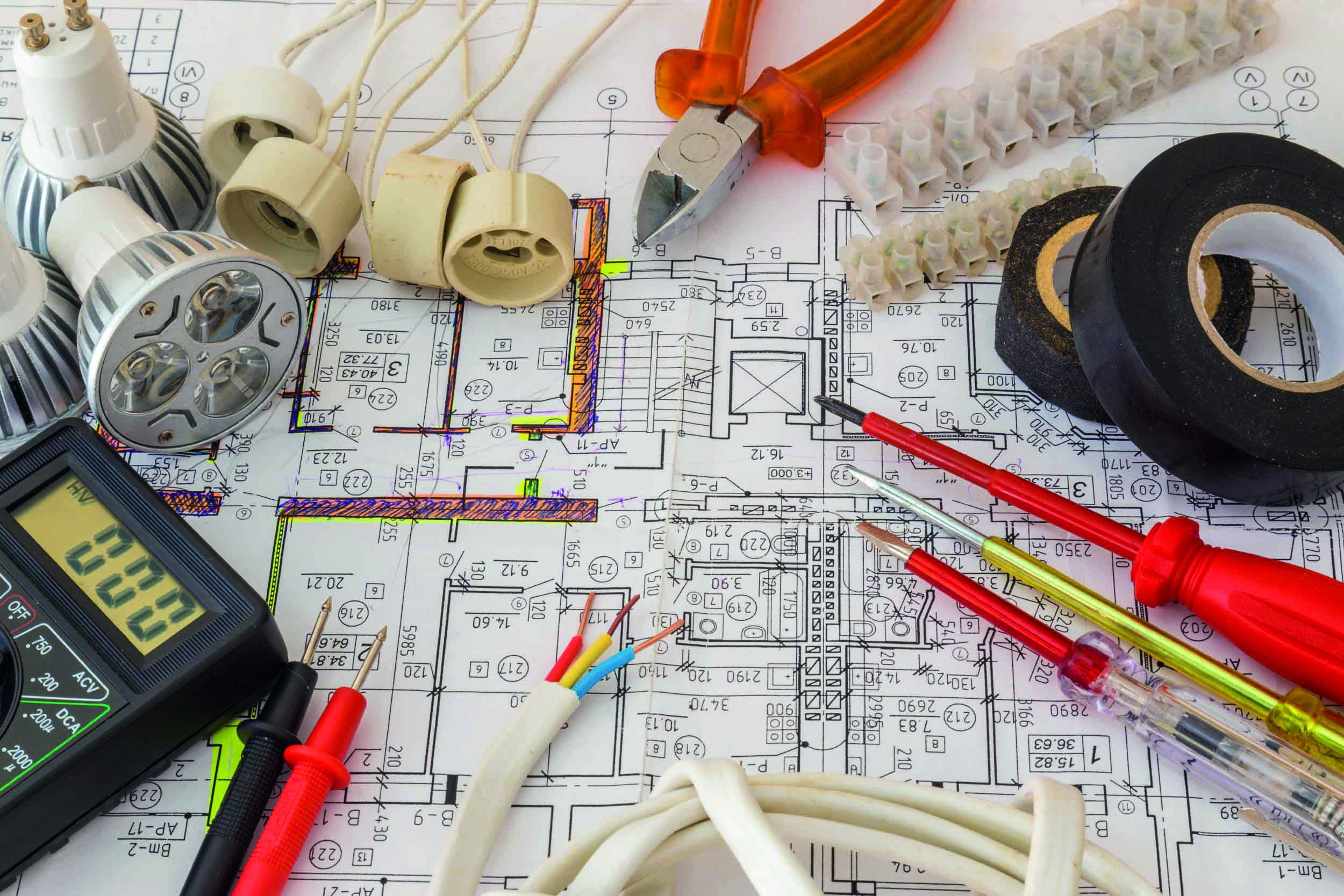

Consulting Services
Within the scope of the consultancy service, studies are carried out to determine the necessary systems suitable for the purpose of investment and to calculate the costs and to determine the feasibility. In incentivized projects, lists of equipment to be imported are created, reports are prepared, and the assembly is checked for compliance with the project and specifications. Supervision and necessary coordination are provided for the completion of the work within the specified period. Preparation of work contracts with contractors and suppliers, control and approval of progress payments and final accounts are audited.
